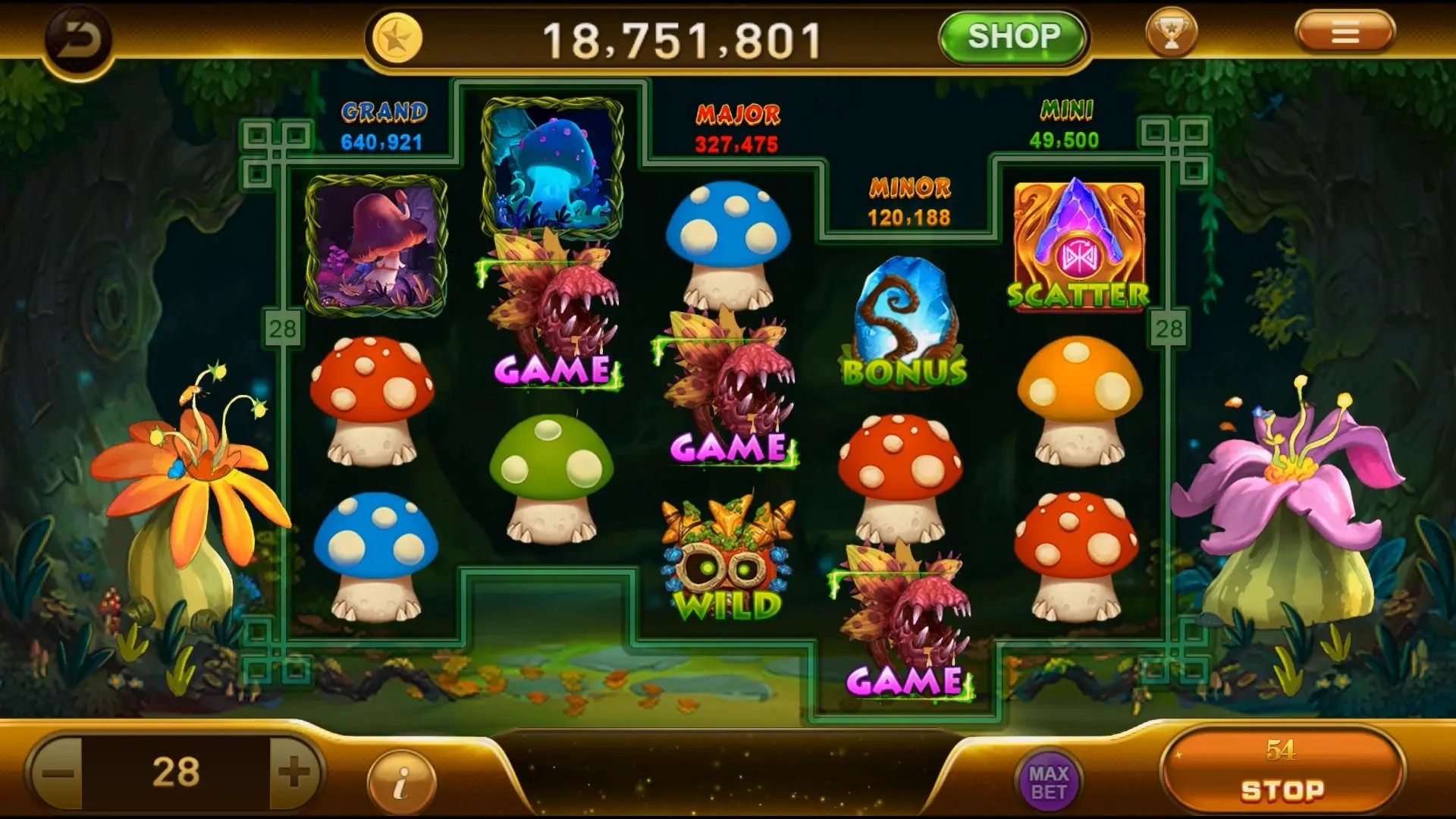Exploring the Evolution of Simulation Games: Why Sandbox Games Are Changing the Landscape
In recent years, simulation games have undergone a significant transformation, particularly with the rise of sandbox games. These unique entries in the gaming genre have not only captured the attention of players but have also revolutionized gameplay dynamics in the simulation arena. This article dives deep into how sandbox games are reshaping the landscape of simulation gaming and what it means for the future of the industry.
The Rise of Simulation Games
Simulation games have been around for decades, allowing players to recreate and control real-life scenarios. Whether it's managing a city, running a farm, or constructing buildings, simulation games offer immersive experiences that engage players. They're more than just games; they're platforms for creativity, strategy, and, often, education.
What Are Sandbox Games?
When we think of sandbox games, images of blocky graphics and infinite worlds come to mind. But what exactly are they? Sandbox games allow players a certain degree of freedom to explore and interact with the game world. Unlike traditional simulation games, which often follow set parameters and objectives, sandbox games offer an open-ended experience where players can create, destroy, and manipulate their surroundings as they see fit.
Key Features of Sandbox Games
- Open World Exploration: Players can traverse vast worlds with no limits on where to go.
- Creative Freedom: Players have the tools to build, modify, and design their environments.
- Community Interaction: Many sandbox games encourage players to share their creations and collaborate.
Clash of Clans: A Case Study
One of the standouts in the landscape of mobile games is Clash of Clans by Supercell. While primarily a strategy game, it embodies elements of sandbox gaming, allowing players to build their own villages and defend against others. The mechanics of resource management and base construction share similarities with traditional simulation gameplay, showcasing how crossover genres can enrich the gaming experience.
Sandbox Games vs. Traditional Simulation Games
While both categories fall under simulation, the contrast is worth noting. Traditional simulation games often set boundaries and specific goals that players must achieve. Sandbox games, however, thrive on the premise of freedom and creativity. Let’s compare the two:
| Feature | Sandbox Games | Traditional Simulation Games |
|---|---|---|
| Objective | Open-ended | Goal-oriented |
| World Interaction | High degree | Limited |
| Player Creativity | Extensive | Moderate |
The Importance of Player Agency
Player agency is a vital concept in both simulation and sandbox games. It refers to the freedom and power players have to make choices. In sandbox environments, this agency is amplified, allowing for personalized experiences that attract diverse audiences. Players are not just passive participants; they’re creators, storytellers, and strategists.
The Role of RPG Game Engines
Many sandbox games are built using RPG game engines, which provide the tools for developing immersive environments and interactive mechanics. These engines allow developers to create complex worlds where players can engage in activities like crafting, building, and exploring.
Popular Sandbox Games Shaping the Future
Various sandbox games are gaining popularity. Here’s a quick list highlighting some of the big hitters:
- Minecraft: The quintessential sandbox game famous for its blocky graphics and limitless possibilities.
- Roblox: A platform enabling users to create and share their games, offering both sandbox and simulation experiences.
- Terraria: Often praised for its 2D pixel art and engaging gameplay mechanics.
How Sandbox Games Foster Community
One of the remarkable aspects of sandbox games is their ability to foster a sense of community among players. Players around the globe collaborate, share techniques, and create communities centered around their favorite titles. This interaction not only enhances gameplay but also cultivates a thriving ecosystem where ideas can flourish.
Future Trends in Simulation Gaming
As we look ahead, the future of simulation games seems correlated with the evolution of sandbox gameplay. We can expect more hybrid games that merge traditional gameplay mechanics with sandbox features. With technology advancing rapidly, elements like virtual reality (VR) and augmented reality (AR) will likely play a role in immersive experiences.
Conclusion
In summary, sandbox games are carving out a new space within the simulation game genre. With their focus on creativity, community, and player freedom, they’re not just reshaping how we play but also how we think about gaming as a whole. As more developers explore the potential of sandbox mechanics, we can anticipate an exciting future for gamers everywhere.



